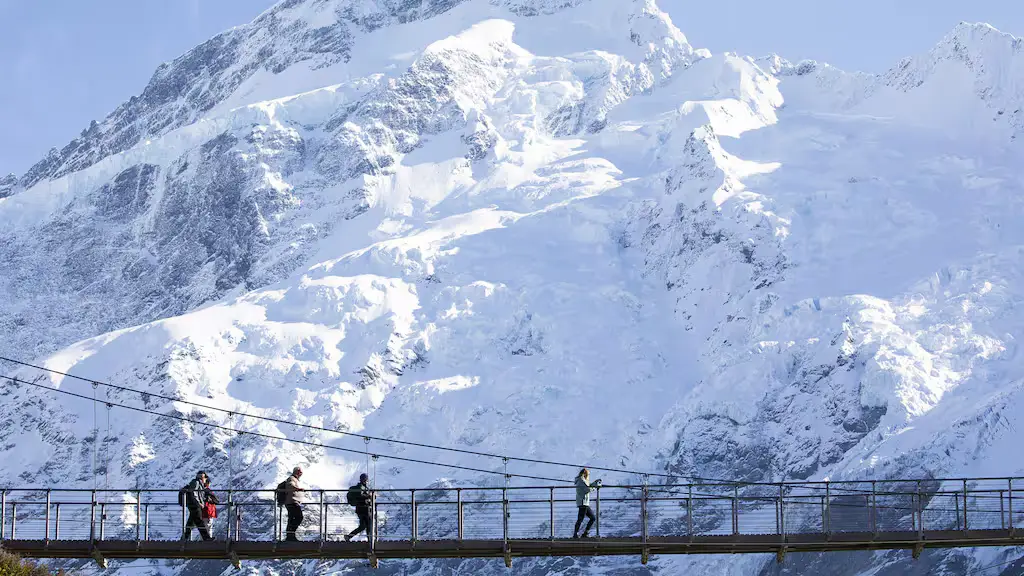DOC to Trial Paid Parking at Three High-Use Sites in South Island
The Department of Conservation is set to trial paid parking at three high-use visitor sites in an effort to manage visitor pressure and support conservation efforts. The trial, funded by the International Visitor Conservation and Tourism Levy, includes car park improvements and introducing paid parking systems for car parks at Punakaiki Pancake Rocks and Franz Josef Glacier on the West Coast, and White Horse Hill in Aoraki/Mount Cook National Park in Canterbury.
Understanding The Main Concept
The Department of Conservation (DOC) is taking steps to manage visitor pressure at its high-use sites by introducing paid parking. This approach aims to reduce congestion, generate revenue, and promote a more regenerative model to sustain New Zealand’s precious biodiversity.
* The trial will focus on three car parks: Punakaiki Pancake Rocks, Franz Josef Glacier, and White Horse Hill.
* The DOC believes that user pays will bring the country in line with overseas solutions for similar issues.
* By contributing to costs at high-use sites, visitors can give back to the places they enjoy.
The Benefits of Paid Parking
Paid parking offers several benefits for both the environment and the economy. Some of these benefits include:
1. Reduced congestion: Paid parking encourages visitors to plan their visits more carefully, reducing congestion on roads and in car parks.
2. Increased revenue: The DOC can generate additional revenue from paid parking, which can be used to support conservation efforts and improve facilities at high-use sites.
3. More sustainable tourism model: By promoting a user pays approach, the DOC is moving towards a more sustainable tourism model that encourages visitors to contribute to the costs of their visit.
How This Works In Practice
The trial will involve several changes to car parks at Punakaiki Pancake Rocks, Franz Josef Glacier, and White Horse Hill. Some of these changes include:
1. Car park improvements: The DOC will upgrade car parks with new infrastructure, including improved signage, lighting, and parking facilities.
2. Paid parking systems: Visitors will be required to pay for parking using a range of payment methods, including cash, credit cards, and mobile payments.
3. Pre-booked parking: For high-use sites like White Horse Hill, pre-booked parking may be introduced to help manage visitor demand.
Why This Matters For Business
The paid parking trial is an important step towards promoting sustainable tourism in New Zealand. By encouraging visitors to contribute to the costs of their visit, the DOC can promote a more regenerative model that supports conservation efforts and protects the environment.
* The paid parking trial aligns with international best practice for managing visitor pressure at high-use sites.
* It provides an opportunity for the DOC to generate additional revenue from its high-use sites.
* It promotes a more sustainable tourism model that encourages visitors to give back to the places they enjoy.
The Future of Paid Parking in New Zealand
The paid parking trial will run for 12 months, with findings informing the DOC’s future decision-making on the matter. The trial is expected to be completed by late 2025 and early 2026.
* The DOC expects that car park charges will be in place at all three trial locations next summer.
* No decisions have been made on specific pricing or charging mechanisms.
* The trial provides an opportunity for visitors to get involved in the decision-making process, with feedback and suggestions welcome.

0 Comments